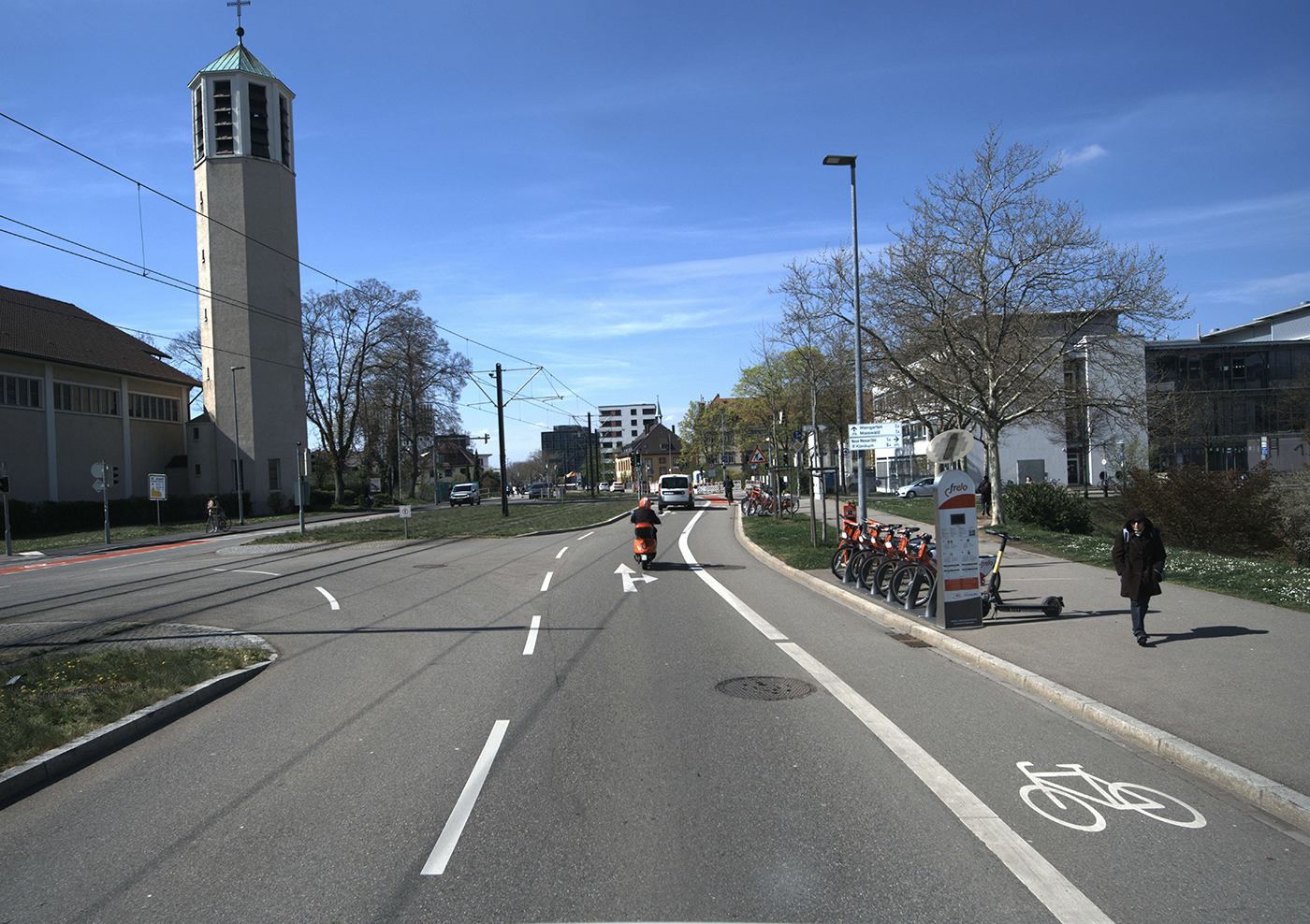Construction planning, inventory, maintenance: We supply the data
Our urban infrastructure is constantly changing: buildings are being built or demolished, trees and shrubs are growing or being pruned, environmental influences lead to a constant change of characteristic object parameters. Construction projects can only be carried out efficiently if current and reliable environmental data is available.
For cost reasons, most construction measures today are usually planned on the basis of existing, but unfortunately often outdated data (e.g. land registers). In the rarest of cases, current data is acquired and included in the planning process, although this promises a great deal of added value. The measuring systems from Fraunhofer IPM record urban environmental data easily and cost-effectively. They depict a variety of objects, from buildings to infrastructure such as lanterns, manhole covers or kerbs and even vegetation. Surface structures such as different road surfaces – paving stones, asphalt, etc. – can also be recognized in the measurement data.



